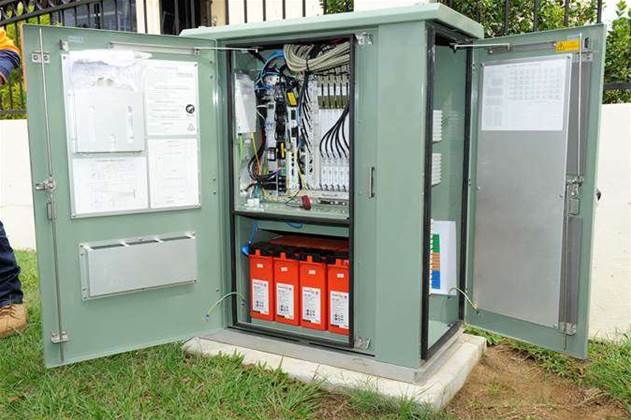NBN Co will introduce technology in the first quarter of next year to detect and “manage” line speed fluctuations on its FTTN and FTTB networks.

The network builder revealed today that it will consult with its retail service provider (RSP) partners on the introduction of dynamic line provisioning (DLM) technology in September, with a view to implementing it in Q1 2018.
DLM is already used by Telstra on some of its newer DSLAMs and by BT in the UK in a bid to keep internet connectivity consistent and at the highest speed possible, according to line conditions measured at particular points in time.
One of the advantages of DLM is it works automatically to iron out connections that experience wildly variable speeds.
It is understood that NBN Co sees the technology as a way to minimise the number of support tickets lodged by RSPs and their end users for services that are experiencing instability.
DLM in theory would monitor the copper lines and adjust line speed profiles automatically without the need for NBN Co or the RSPs to intervene.
But the use of DLM on Telstra’s ADSL network has led to some complaints over the years, as it tends to cut average sync speeds by as much as half, while prioritising stability and reliability of the line.
Common complaints have been of around a 50 percent cut in sync speeds from 13-15Mbps to around 5-6Mbps.
DLM for Telstra ADSL users is only triggered when line speed issues such as excessive dropouts are detected.
Customers over several years have tried to have the profiling removed from their lines after recognising it was the reason their connections had been slowed.
Telstra described the process for applying DLM to a problematic line back in 2015:
“Each day, our system monitors the performance of your ADSL service. Depending on the quality of your service, the most ideal profile is chosen automatically to keep your internet connection consistent at the highest possible speed,” the company said.
“At 5pm each day, DLM parameter changes are decided and locked in. These changes are then implemented between 3am and 6am (EST) the following morning.
“We can change your profile for you so you may possibly receive higher connection speeds, however, the actual download speed and stability of your service may be compromised if we do this.”
In the UK, BT uses DLM on both its fibre-to-the-node and ADSL networks. FAQs say it “will prioritise speed over stability within thresholds defined by the DLM system.” Those thresholds span from days to several months of stability before certain actions are automatically triggered.
NBN Co said its own use of DLM would similarly allow it “to auto-select [an] appropriate line profile depending upon [a] variety of line metrics, providing optimum performance for end users”.



_(20).jpg&h=140&w=231&c=1&s=0)
.png&h=140&w=231&c=1&s=0)
_(22).jpg&h=140&w=231&c=1&s=0)



_(26).jpg&w=100&c=1&s=0)

 iTnews Executive Retreat - Security Leaders Edition
iTnews Executive Retreat - Security Leaders Edition












_(1).jpg&h=140&w=231&c=1&s=0)



